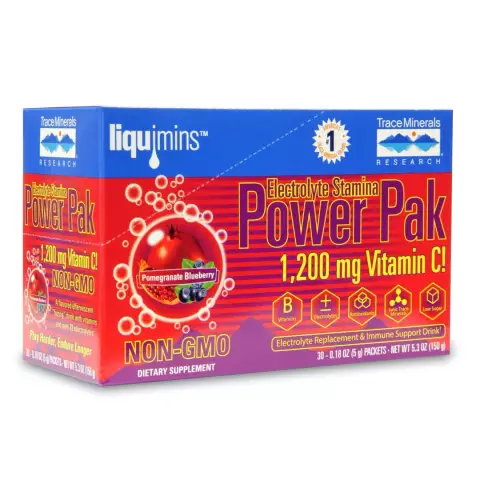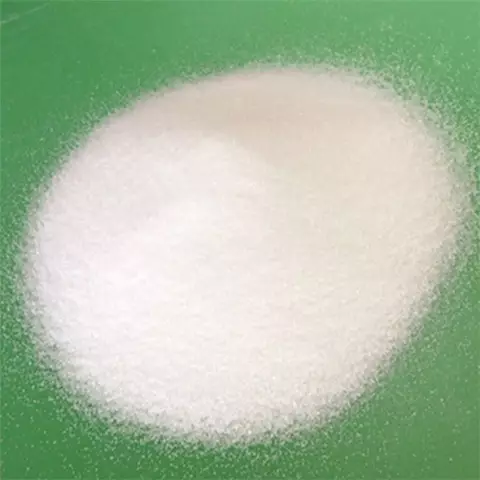- Author Rachel Wainwright [email protected].
- Public 2023-12-15 07:39.
- Last modified 2025-11-02 20:14.
Phytic acid

Pure phytic acid looks like a white amorphous powder without a pronounced odor or taste. It is obtained in the laboratory and in production, acting on parts of plants containing phytin.
Phytic acid application
On an industrial scale, phytic acid is used as a natural food additive known as E391.
In medicine, phytic acid is an intermediate in the synthesis of certain drugs that help with diseases of the nervous system and liver.
Phytine peeling is quite widely known - skin cleansing with phytin. Phytic acid for these purposes is obtained from the cake of wheat grains. This acid gently and at the same time deeply exfoliates the skin, helps to fight excessive pigmentation, inflammatory changes. Phytic peeling is very effective in combating age spots on the face. The advantages of this procedure in comparison with other similar ones are the absence of such side effects as irritation and redness of the skin, its increased sensitivity. Phytic acid does not damage the deep layers of the epidermis, that is, it is safe for the skin.
Until recently, phytic acid was actively used in winemaking and the manufacture of other alcoholic beverages. The action was based on its ability to bind iron ions, purifying products from them, and thereby filtering and clarifying wine. After the appearance of works testifying to the dangers of phytic acid, its use ceased. Until the unequivocal harm of this compound is refuted, the sanitary and epidemiological services do not recommend using it as a food additive.
Phytic acid content in products
Phytic acid is found in cereals, legumes, oilseeds. Especially a lot of it is concentrated in the seeds and rhizomes of legumes and cereals. Small amounts of phytic acid can be found in the stems and roots of these plants, and only traces of it are found in the leaves.

In plants, phytic acid fixes most of the total phosphorus. Up to 60 - 80% of it is contained in this acid. In the seeds of monocotyledonous plants, which include cereals, the distribution of phytic acid is heterogeneous - it is located in the aleurone layer of the grains. In dicotyledonous plants (legumes, oilseeds), phytin is evenly distributed throughout the grain.
The harm of phytic acid
Conducted scientific studies could not fully confirm or deny information about the dangers of phytic acid. And yet phytic acid when it enters the body is not entirely harmless compound. The harm of phytic acid is that it is able to bind phosphorus, magnesium, calcium and other minerals in the digestive tract using ester bonds. Because of this, the intake of beneficial trace elements into the body is significantly reduced, which negatively affects health.
For the same reason, it is not recommended to include foods with phytic acid in young children with a deficiency of some trace elements, for example, with anemia (lack of iron), with rickets (lack of calcium and phosphorus).
Found a mistake in the text? Select it and press Ctrl + Enter.






